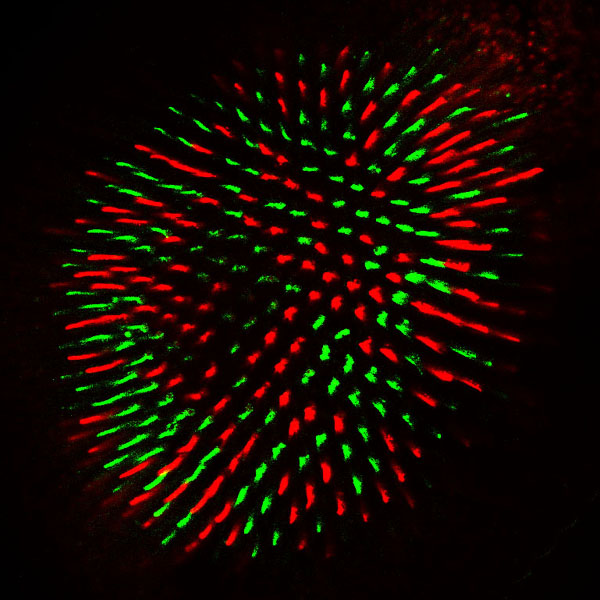 |
Understanding Neurodevelopmental and Neurodegenerative Disorders
Drosophila melanogaster can be employed as a convenient model to perform functional investigation of human disease genes as the fly genome contains more than 75% orthologous disease-causing genes in its genome. We study novel mutations in several human genes in order to understand their role in neuronal development, establishment of network connections, and consequent behavioral outputs. We aim to illustrate how these genetic factors can deregulate brain function and cause intellectual disability. We apply RNAi gene silencing, and CRISPR/Cas gene editing tools to introduce desired genetic alterations to Drosophila orthologs and perform behavioral, structural, and functional analyses. Understanding the mechanism of action underlying such genetic mutations will help to shape the basis of therapeutic strategies.
|